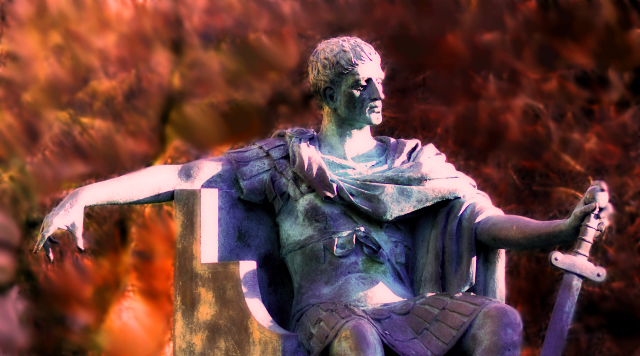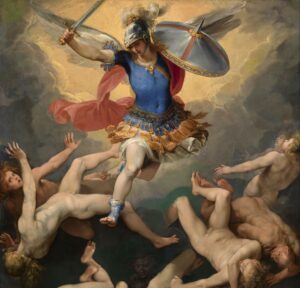Bronze Statue of Constantine the Great at York, England
No figure has left a more permanent mark on the history of Christianity than Constantine the Great. While hailed by some to be one of the greatest proponents of Christianity who ever lived, he is also scorned by just as many as its greatest corrupter. Some even doubt that he was a Christian at all.
Famous for his miraculous conversion in 312 AD, Constantine issued the Edict of Milan in 313 which decreed Christians (and all previously illegal religions) can practice their religion without oppression, persecution, or penalty. In 324 he became the sole ruler of the Roman empire, and took to advancing Christianity, highlighted by the construction of magnificent church buildings.
Although Constantine legalized Christianity, it wasn’t until long after his death in 380 that Theodosius made Christianity the official religion of the Roman Empire. Without Constantine, though, this likely would not have happened.
As we will see in the paper, Constantine did a great many things to advance the cause of Christianity, while also doing things that call his devotion to Christianity into question. Was Constantine a pure Christian, a pure pagan, or a blender of the two? Historians and scholars are divided.
Come explore Constantine’s journey through his conversion, his fruits of Christianity, and his fruits of paganism. You will gain a unique perspective on why he was as he was. We will also touch briefly on Constantine’s role and the pagan roots of why Christians celebrate Christmas on December 25.
Who was this man? Christian or pagan? Regardless of what you end up believing about him, Constantine is one of the most important and influential figures in the entire history of Christianity.
Download and read Constantine the Great Blender of Christianity and Paganism.



